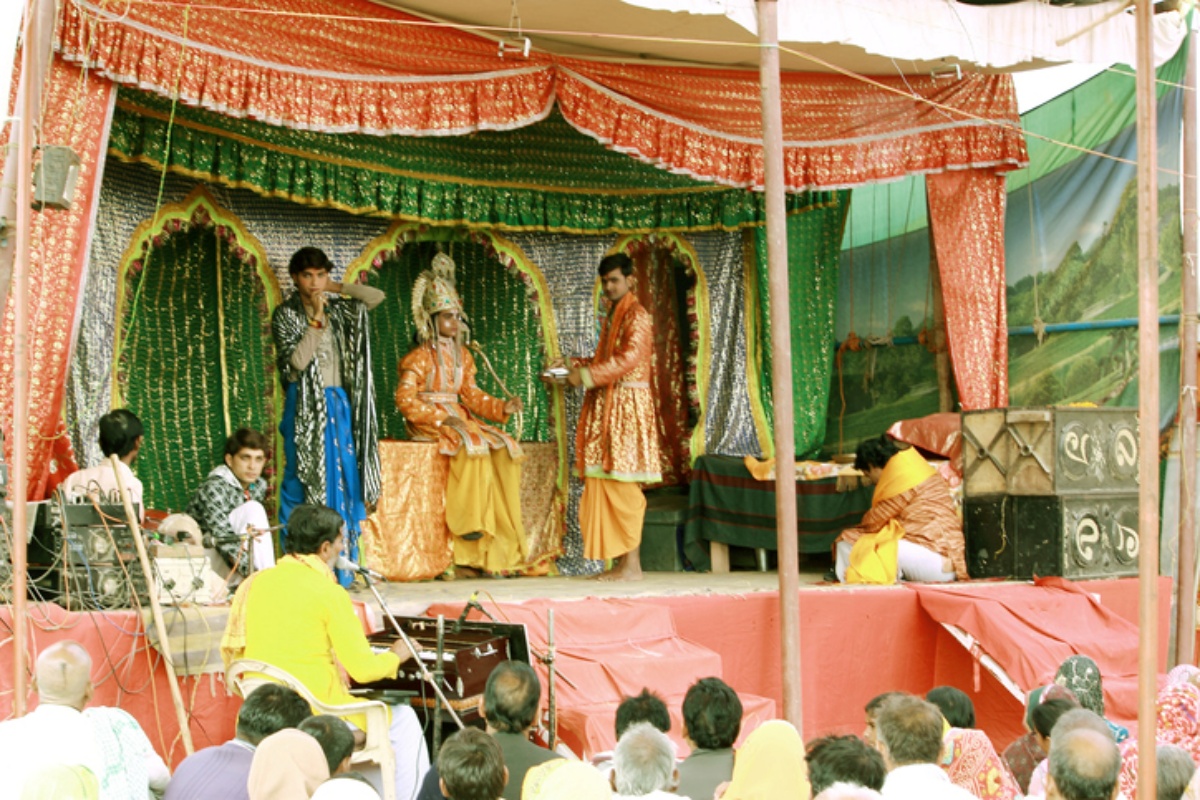At a recent election rally in Uttar Pradesh the Union Home Minister posed a very vital question: Why did Ram lalla have to stay in a tent for so many years?
The fact remains that Ram lalla had to stay in a tent because even he could not navigate our judicial system without experiencing its notorious delays. Though he traversed the length and breadth of the subcontinent and returned victorious after completing his exile in 14 years, it took 69 long years to emerge from the quagmire of our justice delivery system.
Much has already been written about the problems of pendency of cases in our courts. But if a beginning must be made to effectively address these issues, it must be done at the right stage. The pre-trial and trial stages pose their own challenges because at these stages pleadings are to be completed, evidence is to be recorded and there are several other technicalities which result in unavoidable delays.
Advertisement
Not that these do not need to be addressed or cannot be addressed, it is just that there is a better place to initiate reforms swiftly and effectively resulting in a visible impact in a shorter time. At the Appellate stage, a case has to be argued by and large from the record and the scope for extraneous intervention too is limited. It is submitted that to begin with, the right forum for intervention to expedite the wheels of justice is the Apex Court. Much can be learnt from Ram lalla’s arduous journey within its hallowed portals.
Though the original suits in the Ayodhya matter date back to the 1950s, it was only on 30 September 2010 that the Lucknow Bench of the Allahabad High Court gave its final judgment. This was subsequently stayed by a two-judge bench of the Apex Court on 9 May 2011. Thereafter, on 7 August 2017, a three-judge bench was constituted to hear the appeals. On 27 September 2018, the three-judge bench declined to refer the matter to a five-judge Constitution bench to reconsider an observation in a 1994 verdict. On 29 October, the bench directed that the appeals be listed in January 2019 before the appropriate bench to fix a date for the hearings. On 8 January the Court notified that a five-judge bench would hear the appeals from 10 January. However, on 10 January one of the judges recused himself.
Finally, the Ayodhya bench assembled on 26 February 2019. Hearings were expected to begin but on that date the matter was referred for mediation. Day to day hearings finally began on 6 August and the matter was reserved for judgment on 16 October which was finally pronounced on 9 November 2019.
One cannot help but notice that although the case knocked on the doors of the Apex Court in 2011, it came up for hearing only in 2017 and was finally heard and adjudicated upon within a span of just 60 days from the date on which effective hearings began, taking 40 days for the hearings and another 20 or so for the judgment. If 60 days is all it took a determined judiciary to create history by deciding what was India’s longest pending property dispute, then why should other cases take even one fourth of this time?
It is submitted that it is the time for these 40 days to arrive which is the bane of the system and needs to be minimized by a surgical strike. In the Apex Court it will not be wrong to assume that most of the Hon’ble Judges know what is to be finally done in a matter within 30 minutes of reading the brief or hearing the matter. Thereafter they go through the motions and procedural formalities necessary to ensure that justice is not simply done but also seen to be done, till the matter becomes ripe for final arguments. This path which they tread before reaching their destination is full of potholes in the form of adjournments, interventions, arguments and more and more pleadings. During this journey the lawyers get their audience, the Courts the benefit of their repeated assistance but what does the litigant get? Tarikh pe tarikh.
By and large in any litigation there are five principal characters. First is the complainant/plaintiff or the petitioner. Second is the accused/defendant or the respondent. Third and fourth are their respective counsels and the fifth is the Judge. It is submitted that it is highly likely that at any point of time, three of these are always ready for an adjournment for one reason or the other and therefore it is up to the judge to rein them in. Often it is difficult for the Court to do so without appearing unreasonable or unfair because of genuine concerns or statements made across the bar. However, if systemic changes are effectuated then Courts may not face this predicament as often as they do.
Without getting into the minutiae, in the United States, when a matter is accepted by the Supreme Court then the Petitioner and Respondent are given times to submit their briefs not exceeding 50 pages. If not directly involved, the US Government represented by the Solicitor General can also file a brief. Groups that do not have a direct stake in the matter but are nevertheless interested in the outcome can also intervene with the permission of the Court and file their own arguments. Once all this is done, the matter is listed for oral arguments which are open to the public. Each case is allotted one hour and either party can make its submissions in thirty minutes. Most of the time is spent in addressing the queries of the Court and answering questions which Justices may have after reading the briefs of parties.
The Court does not view oral arguments as an occasion for lawyers to play to the gallery and rehash the merits of their case as already spelt out in the briefs or indulge in grandstanding and theatrics for publicity or otherwise. Out of its allotted 30 minutes, the Petitioner can reserve time for a rebuttal in which case he speaks last. Once oral arguments are concluded the judges decide the case by way of a Justices’ conference. In this process there is no scope for any confusion or unreasonable or reasonable expectation as everything is explicitly, uniformly, and clearly laid down. The procedure is non-negotiable with very little element of discretion and is independent of anyone’s place value or face value.
A simple and fair procedure like this can easily be emulated by the Apex Court provided the Court is firm in its resolve and changes its rules of procedure. In fact, in July 2021 in Yatin Oza’s case a two-judge bench of the Apex Court fixed time limits for the arguments by the Counsels and rightly observed that it is time for everyone to change old habits.
While the litigants will have to understand that effective hearing does not imply longer arguments by their lawyer, the lawyers too will need to come to terms with the fact that the Court is not obliged to hear their arguments ad nauseam. They know more than anyone else that Courts are duty bound to take judicial notice of the law and apply it to the facts found in the pleadings. Therefore, as long as the pleadings are effective and complete, oral arguments are only supplementary. The Court is duty bound to give Counsel an opportunity to plead. But it has no compulsion to ensure that they avail it. Whoever wants to assist on the date fixed is welcome but if they do not appear then the matter need not wait. Lawyers will also have to accept the fact that their role is to assist the Court in the matter and not educate the Court about it from first principles.
If a time-bound adjudicatory system is implemented in the Supreme Court, then inter alia two things will happen. Firstly, the workload of the Judges will increase manifold as there will be many judgments which will have to be written, and fast. Secondly, the frequency of appearances of counsel and also the number of counsel in such appearances will decrease drastically.
If we can live with these two outcomes and provision for them, then there is a way forward.
(The writer is a lawyer turned entrepreneur based in Gurugram. He can be reached at amitkrishankantpaul@gmail.com)
Advertisement











